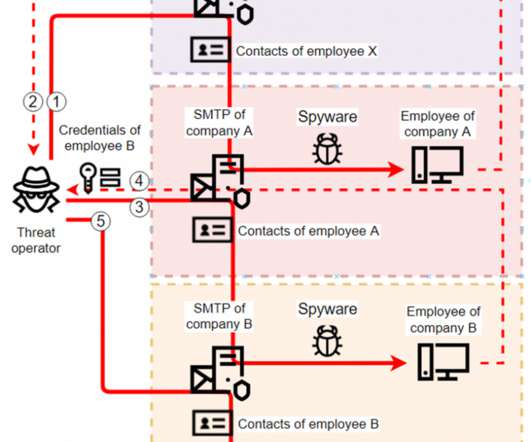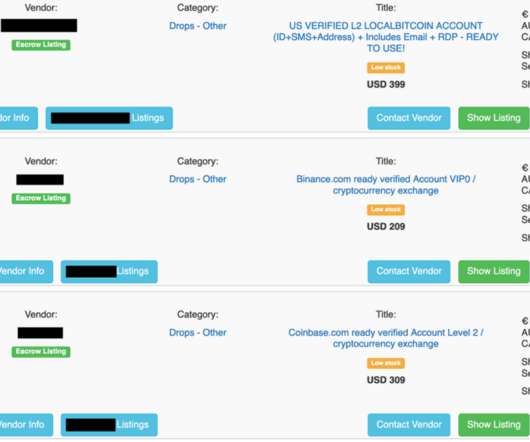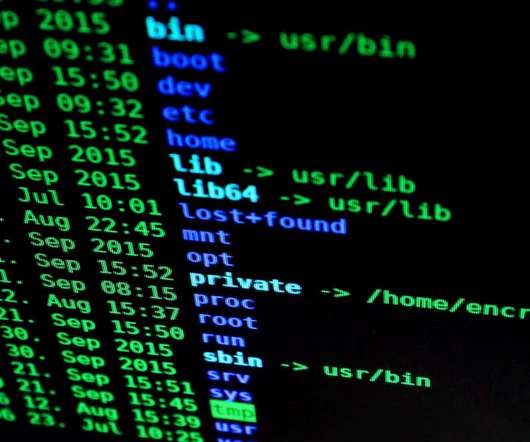Cyberthreats to financial organizations in 2022
SecureList
NOVEMBER 23, 2021
The COVID-19 pandemic is likely to cause a massive wave of poverty, and that invariably translates into more people resorting to crime, including cybercrime. We should expect more fraud, targeting mostly BTC , because this cryptocurrency is the most popular. Cracking down hard on the cybercrime world.



















Let's personalize your content